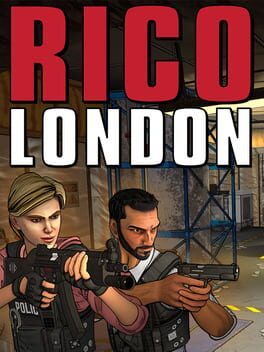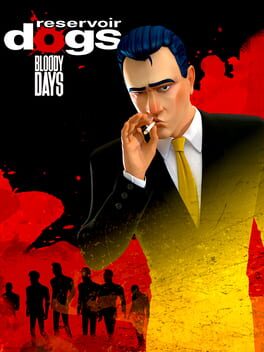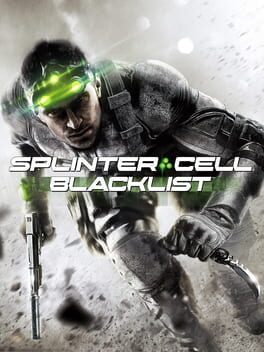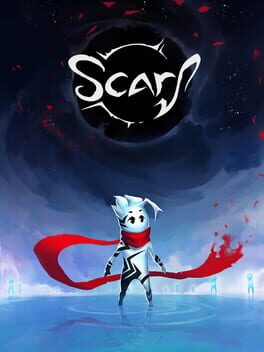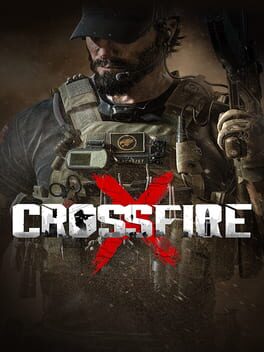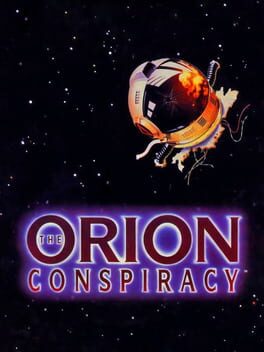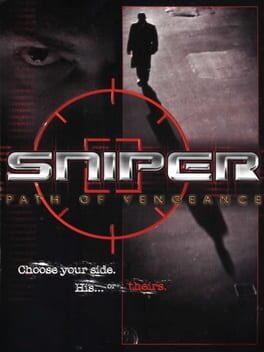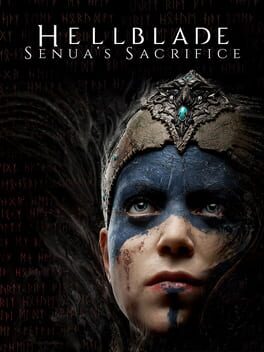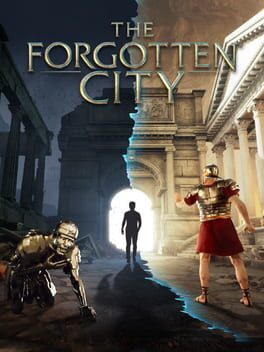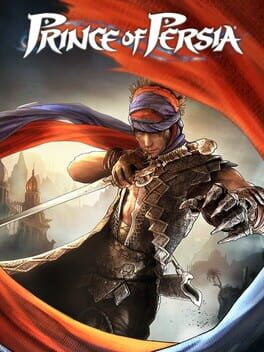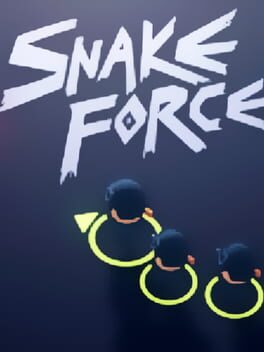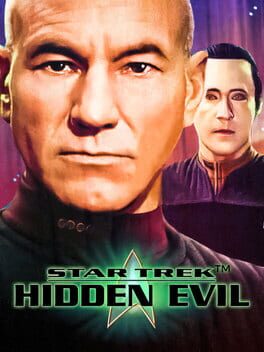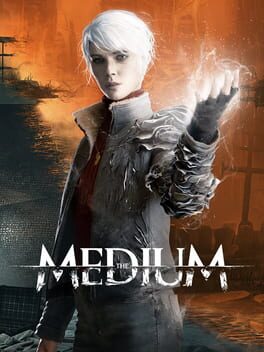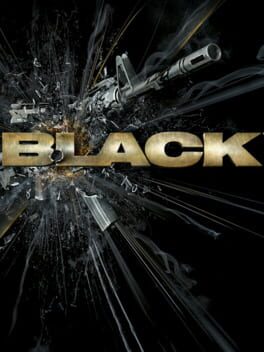TUC1991
2021
I'm not sure if I've ever played a sequel that was so stripped down in comparison to its predecessor. The non-linear levels from the original Rico are gone, as are weapon loadouts, maps of level layouts and the horde mode. All you're left with is a campaign made up of ninety minutes of slow-motion breaching and clearing and a "Daily Play" mode that is a twenty-minute variation of the campaign.
That said, as someone who isn't a big fan of roguelikes, the option to play the campaign without permadeath meant I had more fun with Rico London than the first game. If I'd paid $35 for this at launch I would probably be harsher on it, but for about 60 cents as part of a Fanatical bundle, it was a decent two-hour time-killer.
That said, as someone who isn't a big fan of roguelikes, the option to play the campaign without permadeath meant I had more fun with Rico London than the first game. If I'd paid $35 for this at launch I would probably be harsher on it, but for about 60 cents as part of a Fanatical bundle, it was a decent two-hour time-killer.
I find it funny that Lionsgate has commissioned two shooters (this one coming eleven years after the first and twenty-five years after its namesake) based on a heist film where the centerpiece action scene happens offscreen.
The gimmick in Bloody Days is actually rather interesting. You play one of the team, then rewind time to play the next member. Enemy AI reacts to everyone at once, so there can be a puzzle-like aspect to keeping enemies in the first guy's line of fire (or he might be left shooting into thin air). It's janky, to be sure, but for a game that was released in May 2017 and delisted in November 2017, I expected a lot worse.
The gimmick in Bloody Days is actually rather interesting. You play one of the team, then rewind time to play the next member. Enemy AI reacts to everyone at once, so there can be a puzzle-like aspect to keeping enemies in the first guy's line of fire (or he might be left shooting into thin air). It's janky, to be sure, but for a game that was released in May 2017 and delisted in November 2017, I expected a lot worse.
I really liked the first three mainline Splinter Cell games (plus the original Xbox version of Double Agent) and had fun with Conviction for what it was, but this one never clicked with me. Merging the playstyles of Chaos Theory (referred to here as "Ghost") and Conviction (dubbed "Panther") sounded awesome on paper, but trying to stealth through levels non-lethally made it feel like I was continuously fighting with the mechanics. The rail shooting and FPS sections felt tacked on, and the storytelling and characterization (even by Tom Clancy video game standards) ranged from boring to obnoxious.
The funny thing is that I did enjoy Grímsdóttir's stealth-focused side-missions. If the whole game had been like the Billionaire's Yacht DLC level, I probably would regard it as highly as most people do.
The funny thing is that I did enjoy Grímsdóttir's stealth-focused side-missions. If the whole game had been like the Billionaire's Yacht DLC level, I probably would regard it as highly as most people do.
2021
Scarf is somewhat unpolished and very unoptimized (in particular, sections involving manipulating water caused the frame rate to plummet on my PC, which significantly exceeded the recommended system requirements). It also commits that cardinal game design sin of only having a single continuously overwritten autosave and not allowing you to return to the hub or restart the level if something breaks (nothing did on my playthrough, but I felt compelled to periodically backup the save folder just in case).
But if you can tolerate its rough edges, Scarf rewards you with pleasing art direction, forgiving puzzle-platforming and a melancholy tone. The climactic twist is so heavily foreshadowed that it's hard to believe it was ever intended to be a surprise; instead, it makes the diminutive hero's displays of joy and affection feel decidedly bittersweet. The story also doesn't overstay its welcome; these days I'm increasingly appreciative of games that say all they have to in the span of one sitting.
But if you can tolerate its rough edges, Scarf rewards you with pleasing art direction, forgiving puzzle-platforming and a melancholy tone. The climactic twist is so heavily foreshadowed that it's hard to believe it was ever intended to be a surprise; instead, it makes the diminutive hero's displays of joy and affection feel decidedly bittersweet. The story also doesn't overstay its welcome; these days I'm increasingly appreciative of games that say all they have to in the span of one sitting.
2022
This review contains spoilers
The first 75% of the Catalyst campaign is generic to the point of parody, but it gets more entertaining as the story goes completely off the rails. The Spectre campaign is just hilarious nonsense from beginning to end; I would pay full price for a sequel about the cyberpunk ninja apocalypse.
1995
The Orion Conspiracy is a space station adventure about two stories that have surprisingly little to do with each other. It's predominately a whodunit in which the protagonist searches for his son's killer, and then it climaxes with a gory rendition of Star Trek's "The Man Trap". Both plotlines are pretty clichéd, though the former is noteworthy for treating a gay relationship seriously (certainly not a given for a commercial computer game from 1995) and the latter has its cheap genre thrills. Useful backstory is provided through corporate e-mails found in the manual and the brief but nifty prequel comic Devlin's Story.
The biggest issue with The Orion Conspiracy is its pacing. The Cerberus space station has five decks, four of which are split into separate segments that can only be accessed by using different elevators on deck two. The bulk of decks three through five are taken up by circular loops containing the crew quarters, and plot-relevant locations often end up being at the furthest point from an elevator. As a result, it feels like over half the game is spent directing the protagonist down largely indistinguishable corridors, most of which you'll never interact with in any other capacity. The back of the box advertises "100 hand-painted background scenes", but the experience would have been a lot better if that number was closer to 50.
For a 1990s adventure game, the puzzles are reasonably logical. There's never any Sierra-style gotchas; in fact, I didn't encounter a single failure state, minus a softlock that occurred when I tried to speak to a corpse!
Contemporary reviews tended to consider the game's profanity to be excessive; today, most of it seems charmingly edgy. The major exceptions are the racial slurs spoken by the security chief, an over-the-top antagonist (and obvious murder mystery red herring) who begins the game by insulting the player character for having PTSD and being Irish! Amusingly, despite many f-words, an n-word and some disembowelments, the game is rated T for Teen by the ESRB.
The biggest issue with The Orion Conspiracy is its pacing. The Cerberus space station has five decks, four of which are split into separate segments that can only be accessed by using different elevators on deck two. The bulk of decks three through five are taken up by circular loops containing the crew quarters, and plot-relevant locations often end up being at the furthest point from an elevator. As a result, it feels like over half the game is spent directing the protagonist down largely indistinguishable corridors, most of which you'll never interact with in any other capacity. The back of the box advertises "100 hand-painted background scenes", but the experience would have been a lot better if that number was closer to 50.
For a 1990s adventure game, the puzzles are reasonably logical. There's never any Sierra-style gotchas; in fact, I didn't encounter a single failure state, minus a softlock that occurred when I tried to speak to a corpse!
Contemporary reviews tended to consider the game's profanity to be excessive; today, most of it seems charmingly edgy. The major exceptions are the racial slurs spoken by the security chief, an over-the-top antagonist (and obvious murder mystery red herring) who begins the game by insulting the player character for having PTSD and being Irish! Amusingly, despite many f-words, an n-word and some disembowelments, the game is rated T for Teen by the ESRB.
2021
2008
When I started playing the Prince of Persia reboot, I certainly wasn’t expecting it to be roughly 80% easygoing collectathon platformer, 20% bizarrely awful Soulcalibur imitator. The fight sequences are unfortunate, as they take the shine off what would have been a very solid game. As it is, it’s merely fine. The Epilogue DLC being exclusive to consoles is also disappointing; if you want to experience it at more than 30 frames per second, you’ll have to use an emulator.
2021
For its first half, Hidden Evil is an entertaining (albeit simple) adventure game sequel to Insurrection, but then it abandons all of that and becomes a very bland Resident Evil knock-off. The later environments are almost entirely made up of green maze-like Romulan hallways and gray maze-like Federation hallways. It really feels as if the developers ran out of time and money near the end. Still, even if this is the least noteworthy of Activision's Star Trek games (excluding the now-defunct ConQuest Online), the franchise is well suited to the adventure genre. It's hard to believe we wouldn't get another one of these for almost twenty-three years!
2021
2006
Over a decade and a half after its release, Black feels like a mashup of the post-WWII Call of Duty games it predates. The two things that really distinguish it from the flood of contemporary military shooters that would follow Modern Warfare are the novelty of its visuals (I’d say this is the most technically ambitious FPS on the PS2, and it looks even better through backwards compatibility on a recent Xbox console) and an insanely aggressive audio mix. Gunfire from the player’s weapons is deafening, explosions will give any subwoofer a workout and creating opportunities to shatter glass seems to be a major driving force of the level design. The sound effects are so good that they make the guns feel powerful in spite of enemies’ ability to soak up damage (which is also compensated for by quick fire rates and magazines that are 2-3x larger than in real life).
